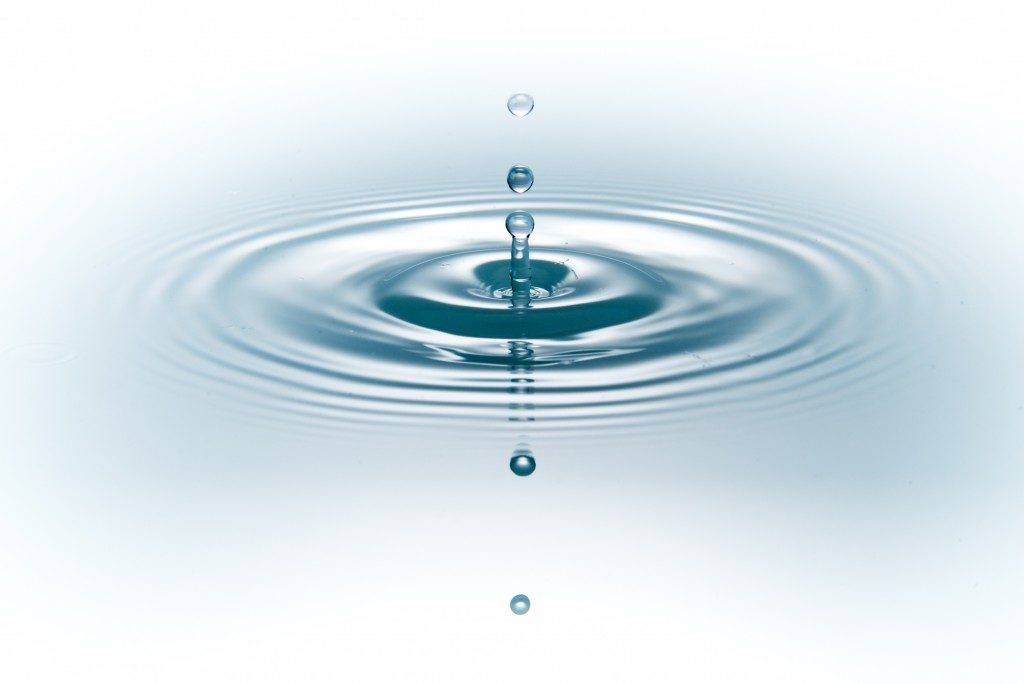According to the World Business Council for Sustainable Development (WBCSD), the demand for water will increase in the next three decades. Most of this demand will come from the energy, municipal, and industrial sectors. This means that while water is a significant player in keeping the world’s peace, prosperity, and stability, it is also essential for businesses to our function.
With climate change and the increasing competition for water, there is a need for a drastic change in how companies manage water. Thankfully, businesses are including the issue of water sustainability practices and strategies in their agenda today.
Here are some practices that you can also apply in your business to conserve precious water:
Wastewater Management
Hire an industrial wastewater treatment provider that is knowledgeable in standard compliance and management solutions. Failing to treat wastewater can harm your staff and customers, the environment around your business, and your company’s processes.
Water Recycling
If there are processes in your facility that requires non-potable water, use recycled water instead. You can use water from your air-conditioning system’s condensate or collected rainwater.
Use Air-cooled Equipment
Some commercial or industrial equipment uses water as a hidden component for cooling purposes. Fortunately, this equipment is available with air-cooled technology. If possible, replace equipment using water with ones that use air instead.
However, before you switch your equipment, consider a few factors that can affect process performance and energy efficiency. Determine the pros and cons first. Equipment that can be both water-cooled and air-cooled includes refrigeration condensers, ice machines, and air compressors.
Use Efficient Kitchen Technology
Employ water-efficient technology in your kitchen areas to reduce water usage. You can use filters to reduce water in garbage disposals, boilerless technology instead of boiler-based food steamers, and dishwasher with an Energy Star rating.
If you have dipper wells, make sure that it has water-efficient technology and in-line flow restrictors. If you use a lot of woks, use a waterless one instead. Finally, use an efficient pre-rinse spray valve for rinsing dishes.
Quantify Water Use
Quantifying water use sounds complicated, but it can still be done. A comprehensive facility audit can do the trick. This is actually what you should do first if you want to conserve water at the workplace.
Knowing how much water your business uses will help you establish appropriate water-saving targets and identify opportunities when you can save water. Understanding water use can also serve as a means to track how much water your facility saves.
Install Water-efficient Fixtures

Restrooms and showering areas in commercial or industrial facilities can serve as excellent opportunities to conserve water. Toilet flushing, showering, and handwashing can use up too much water, so it’s best to install water-efficient fixtures such as faucets, sinks, toilets, urinals, and showers.
Finally, develop a water management plan. According to the Department of Industry, Innovation, and Science, having a water management plan can help you and your employees understand how to use water more efficiently. It will help you establish a benchmark for water usage, locate water leaks, and find alternative ways to conserve water.